GETTING 'AID' TO THE SAD TO SAY, FORGOTTEN ABOUT 'POOR, MARGINALIZED' OF SOCIETY IN CRISIS
I had been scrolling through the 'aid and relief' sites online to see what one can do to help the survivors of the TORNADO outbreaks in several states, and I couldn't help but think, when I looked through the sites, how many of the marginalized, poor, which are WOMEN, ELDERLY, COMMUNITIES THAT ARE NON-WHITE, etc., actually GET HELP.....and I had to fight down the cynicism, and pray, asking, WHERE does this resistance come from?
I thought of all the prostituted women [sex slaves] who are forgotten by society, I thought of all the homeless who are neglected by society, EXCEPT when their misery can be utilized for PUBLIC RELATIONS promos...and so forth, and I couldn't help but wonder--knowing what I know PERSONALLY having LIVED IT, the blatant 'ignoring' of the marginalized in society and indifference to, just Because one is poor--what difference is there when there is a catastrophe caused by nature's storms? By the looks of sites, there is this outpouring of help--but I can't help the surge of anger I feel, and so, I decided to probe into this anger a bit more, to see if there was a rational basis for it or if it was just my own prejudices...
this Must have been God's leading, because Sure enough--I was correct. So, here it is
the Reality, of Relief Aid going into areas, and these are some of the top Aid Relief agencies--and how the POOR AND MARGINALIZED--ARE NOT ABLE TO ACCESS OR ARE EVEN CONSIDERED, IN RELIEF EFFORTS,
there is host of reasons for this, one thing this excerpt in which I am about to post [including link to entire thing because the whole thing should be read] speaks about how many of the media depictions, of disasters, are areas [the photos you see] that are affluent, meaning, white--upper to middle class. Those outside of these areas, are sadly, either forgotten, discarded even--and This is what we as a society need to address--because it's in these marginalized communities, that are heavily populated by single mothers, disabled, poor women in general. Not just women--but a large percentage are--
excerpt;
READ REST BELOW
EMERGENCY RESPONSEThe post-impact, emergency response stage of a disaster is characterized as the immediate aftermath of a disaster, typically including the first hours or days, perhaps up to one week, depending on the event. The emergency response stage of a disaster provides a unique opportunity to observe social patterns, roles, processes,and behaviors. Socioeconomic factors appear to be significant in some ways during the immediate post-impact stage.In a study of disaster relief officials from a variety of organizations in the United States, one of the major conclusions was that the poor are one of the groups most likely to “fall through the cracks” during emergency relief operations (Colorado State University, 1985). Rubin and Popkin (1990) studied response problems to Hurricane Hugo. They discovered that many of the victims had special needs because of extreme poverty, high illiteracy rates, physical isolation in rural communities, fear and distrust of government officials, and lack of electronic media for weeks following the storm. These issues resulted in members of service agencies reporting that providing assistance to the rural poor following the hurricane was unusually difficult and time consuming. Indeed, Miller and Simile (1992), in their investigation of the effect of Hurricane Hugo on poor residents of South Carolina,found that being poor was a significant factor in the response phase. Due to the total lack of pre-storm interface with the rural poor, emergency programs were not reaching these people. Many of the poor in the area studied were “invisible” until the hurricane hit, living in unmarked homes, on unmapped roads, or hidden behind large estates. One rescue worker reported that he had never heard of the dirt road
POVERTY AND DISASTERS97where people lived and were in need of assistance. Emergency response workers commented that until the storm, they had no idea of the extent of the poverty in their own neighborhoods. One remarked that “...there was poverty here all of the time, but after the storm I saw what I’ve been living around for 34 years” (p. 11).4Subervi-Velezet al.(1992) reported that following the Loma Prieta earthquake,community-based organizations invited the Red Cross to work with them to do outreach in low-income and non-English speaking communities, but the Red Cross declined.
LINK TO FULL SOCIOLOGICAL STUDY http://www.scribd.com/doc/54547800/Poverty-and-Disasters-in-the-United-States-A-Review-of-Recent-Sociological-Findings
So THEN, I decided to begin to research small relief orgs. that actually Do get into the marginalized areas--and I have found one--it is a church, but the man goes personally into these areas--I will post more as I find them--this one sounded good however,
they are not a huge relief organization but IF you are interested in helping those who won't have access to aid--this may be a good choice, the links are below...MORE TO COME ON THIS ISSUE.
Jane




.JPG)




![HEALING FROM RITUAL AND SPIRITUAL CHILD ABUSE, FEMALE ABUSERS INCLUDED [CLICK PHOTO AND SEE BELOW]](http://1.bp.blogspot.com/_RaqCRK20I9k/S8YugIbo76I/AAAAAAAAAio/4kOqJPQSBC0/S210/fragmented+child.jpg)










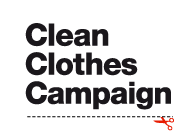








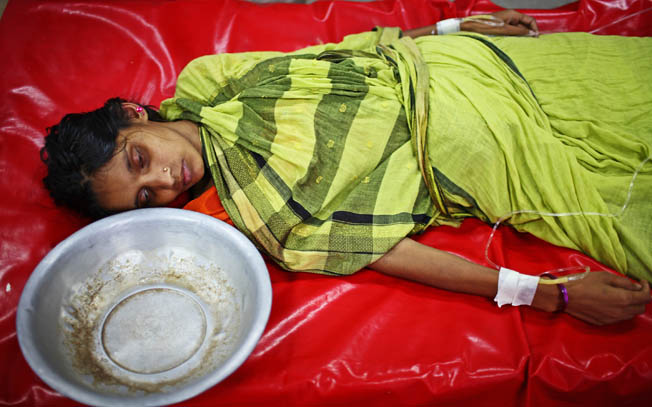
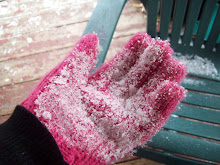






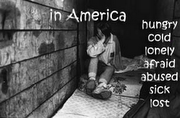
















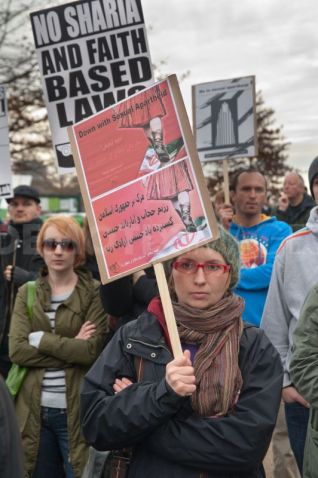


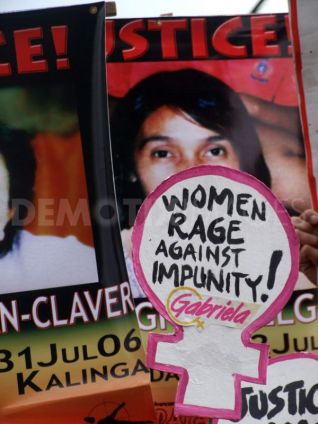























![Dedicated to the CREATORS, CREATOR, TO HER AND TO HIM [WHAT I BELIEVE IS GOD]](https://blogger.googleusercontent.com/img/b/R29vZ2xl/AVvXsEgRPSu4D2FIthc6FU-FZpdFNfvp07RYJ-vhCpuG1dKBmTOAjU79Sw2JEnqvwz-VLLCnQU9BPMLpW6obLTpxN_fim-yJXwzmhEydrOYR4K8KjU2MS8Go7Zk8RrffKKZG9voljwZ93ySfZP1E/s660/Mountains_spitzer_f.jpg)
0 comments:
Post a Comment